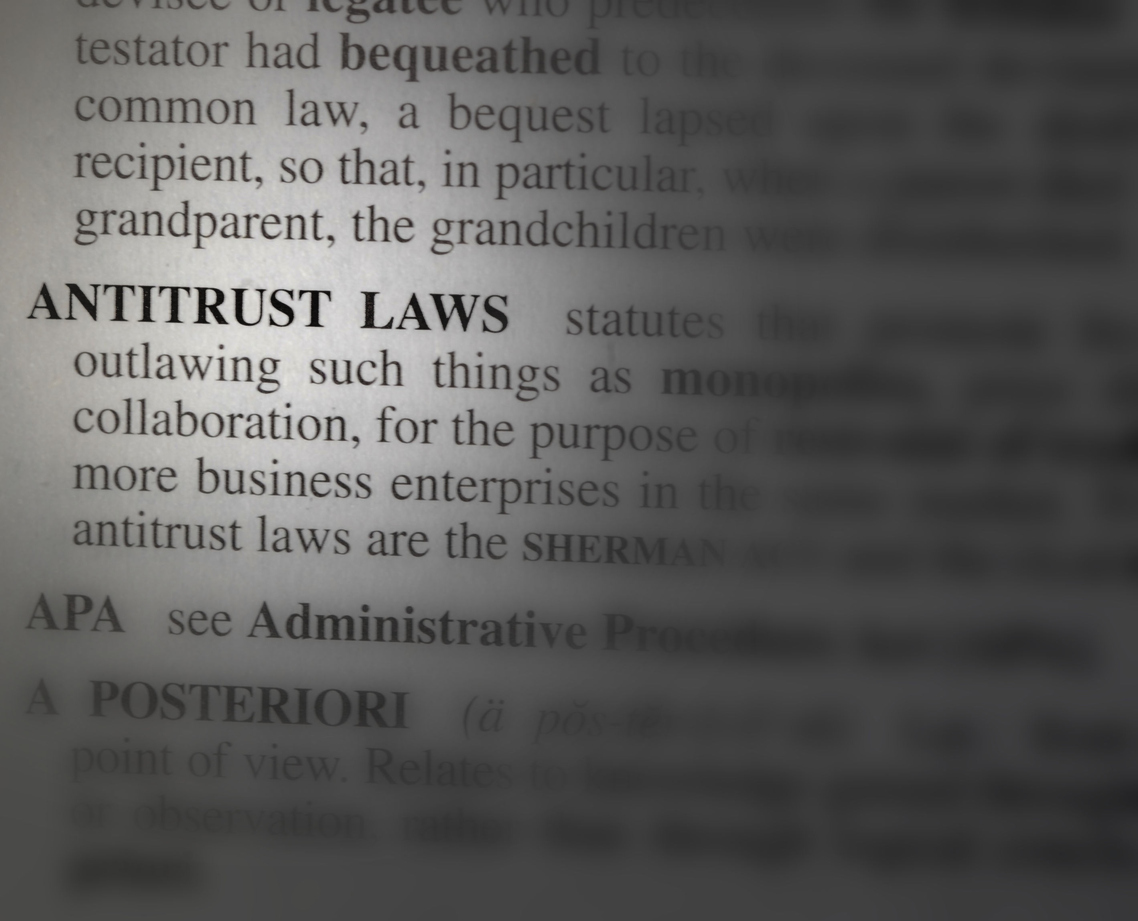Steve Coombs should be at least nominated for membership into the Insurance Nerds Hall of Fame. He read my post, What Is an “Other Insurance” Clause and Why Do They Exist In Property Insurance Policies? and sent Mara Essick and me numerous articles about “other insurance” clauses. Steve Coombs co-authored The Builders Risk Book with the late Don Malecki, as noted in The Builders Risk Book—A Great Reference Source For Those Involved With Builders Risk Insurance and Coverage Issues. His biography on IRMI notes the following:
Mr. Coombs writes on builders risk insurance for IRMI.com. He also coauthored, along with Donald S. Malecki, The Builders Risk Book.
Mr. Coombs has 45 years of industry experience, with the last 38 years in a consulting environment. He joined Risk Resources as president in 1992. Risk Resources is a risk management and commercial insurance consulting firm. Risk Resources does not sell insurance and provides consulting services on a fee-for-service basis. Common projects include risk management and insurance audits, insurance requests for proposals/proposal management, agent/broker selection, risk financing studies, litigation support, and testimony.
Prior to joining Risk Resources, Mr. Coombs served as a risk management consultant with a consulting firm. Prior to that, he spent 7 years developing his skills as a national accounts underwriter for a large international insurance group. He has extensive knowledge and experience regarding various aspects of construction insurance and is an author and speaker. He is also a former president of the Society of Risk Management Consultants.
Mr. Coombs is a graduate of Western Michigan University with a bachelor of business administration degree. He also holds a master of arts degree from DePaul University with a concentration in risk management and insurance. He has earned the Associate in Risk Management (ARM) and Associate in Claims (AIC) certificates from the Insurance Institute of America and has received the Chartered Property Casualty Underwriter (CPCU) designation.
One quizzical certification of his impressive CV is an Associate of Claims (AIC) designation that he received in 2021. He already had a CPCU designation obtained in 1986, which most consider the Holy Grail of insurance certifications. Only an Insurance Nerd or insurance academic masochist would go back to get the inferior AIC designation 35 years later. Why?
Coombs has this observation about “other insurance” clauses in builders risk policies, as noted in Chapter 11 of The Builders Risk Book:
Eliminate Other Insurance Provisions in Builders Risk Policies. Builders risk policies have changed significantly over time. These policies increasingly are project specific in nature and cover multiple insureds. Having another insurance condition in the policy applicable to the intended beneficiaries of the insurance defeats one of the goals of builders risk insurance: a single policy that reduces litigation between the stakeholders and provides funds to repair the damaged property on a timely basis.
Another argument for eliminating other insurance clauses is the builders risk insurance requirements contained in construction contracts. The standardized contracts from the leading providers—the American Institute of Architects, ConsensusDocs LLC, Engineers Joint Contract Documents Committee, and Design-Build Institute of America—require either the owner or the contractor to provide the insurance. Such insurance is not allowed to be ‘excess insurance.’ The required insurance is to be primary for all those parties intended to be protected by the policy (i.e., the owner, general contractor, and subcontractors). Otherwise, why have insurance requirements at all? An insurer enforcing an ‘other insurance’ clause against an insured party under a builders risk policy would most likely put the sponsor of the policy in breach of its obligations in the construction contract. The other insurance condition is such a longstanding part of property and inland marine policies that underwriters often do not know how to respond to requests to eliminate or modify their respective clause(s). Slowly, the industry is beginning to recognize the conflicts and potential problems. Some insurance brokers are paying attention and, particularly on large projects, are negotiating special provisions that expressly eliminate these potential problems.
My view is that Coombs is suggesting that the construction insurance industry try to eliminate needless disputes caused by “other insurance” clauses. This was the same purpose for The Guiding Principles as noted in Overlapping Insurance and Other Insurance Clauses—The Guiding Principles.
There are very bright and well-meaning people in the insurance claims industry trying to reduce disputes and get policyholders paid. The problem is that the number of them and their culture or attitude seem to be much greater in the past. There seems to be a new culture that has sophisticated leadership guiding property claims departments, as referenced in Why the Property Insurance Industry Is Dominated by Bean Counters —Why Is Your Hurricane Ian Claim Underpaid and Delayed:
Our law firm library is brimming with insurance company chronicles from books published long ago by the insurance industry. In these, company executives of yesteryears boasted about the swiftness with which they compensated their claimants. They painted pictures of drained company treasuries and the extraordinary efforts of their claims staff, working overtime to ensure prompt payments. These tales often shined a light on a business ethic that put the policyholder first.
Fast forward to today, and the narrative has shifted dramatically. Contemporary insurance company cultures lean heavily on cost containment. Their prime focus? Limiting indemnity dollars disbursed to policyholders, managing allocated expenses tied to a particular claim, and overseeing unallocated expenses essential for operating their claims departments. This is a stark contrast to the customer-focused ethos of the past.
For those interested in further treatise research regarding “other insurance” and overlapping coverages, Coombs sent a copy of a discussion about these forms from the first edition of Property Loss Adjusting, published in 1990, which is attached for your study.
Thought For The Day
When you find yourself stuck in an oversimplified polarized conflict, a useful first step is to try to become more aware of the system as a whole: to provide more context to your understanding of the terrain in which the stakeholders are embedded, whether they are disputants, mediators, negotiators, lawyers, or other third parties. This can help you to see the forest and the trees; it is a critical step toward regaining some sense of accuracy, agency, possibility, and control in the situation.
—Peter T. Coleman




